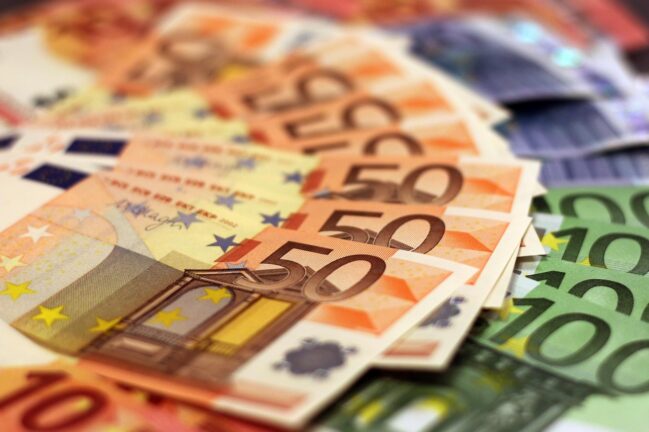Berlin has agreed to relax its fiscal rules somewhat as political necessity required it. It is now paying the price in decreasing demand for its 10-year bonds, which translates into steeper costs of debt. Simultaneously, Italy’s bonds are outperforming, signalling a change in the landscape of European financial markets.
The narrowing gap between Italian and German borrowing costs – once a key barometer of euro-zone stress – signals shifting fortunes for both nations. The yield spread between 10-year bonds of Germany and Italy recently hit a 15-year low, a shift traders call the shrinking of “Lo Spread.” But this reflects not just Italy’s progress under Prime Minister Giorgia Meloni but Germany’s eroding status as Europe’s economic anchor.
An ominous sign
Bond markets work by pricing the risk of lending to governments. Investors demand higher yields from countries seen as riskier. For decades, Germany’s bunds offered a haven, with other euro nations measured by their yield premium over German debt. Now, Italy’s premium has dropped to its tightest since 2009, while Germany faces its own reckoning.
Germany’s troubles are mounting. A €500 billion infrastructure and defense plan strains its finances, blurring the distinction between its debt and that of peers. Chancellor Friedrich Merz confronts a €172 billion budget gap projected over four years. The economy shrank 0.1 per cent in the second quarter, risking a third year of recession. Tariffs of 15 per cent on German cars in the United States add pressure on its auto sector, even as factories pivot to military contracts.
Berlin plans to raise €410 billion in debt markets this year, including a surge in short-term borrowing. Annual interest costs may double to €66.5 billion by 2029. To fund this, Germany may need to relax its constitutional debt brake – a move requiring a two-thirds parliamentary majority that Mr Merz’s fragile coalition may struggle to secure.
You might be interested
The bund in doubt
Once bulletproof German bunds now trade at higher yields than interest-rate swaps – a benchmark for bank borrowing costs. This gap reaches 35 basis points for 30-year debt, hinting at doubts over Germany’s long-term creditworthiness. Meanwhile, non-euro Denmark and Sweden now borrow cheaper than Germany, while the Netherlands – firmly in the euro – pays a mere 16 basis points extra.
Italy’s resurgence under Ms Meloni’s government – now the fifth-longest serving in post-war history – plays a role. The European Commission has softened its stance on Italy’s €3 trillion debt and elevated deficits, with hopes Rome will exit the EU’s deficit penalty process next year. Italian banks, once crisis-prone, now push for consolidation despite state interference. A new tax code targets holiday rentals, broadening the revenue base.
Italian bonds now yield less than France’s for maturities under six years – unthinkable during the 2011 euro crisis. Growth remains weak, but recession fears have eased. Inflation sits at 1.7 per cent, below the European Central Bank’s target. Rome has also cut long-term debt sales, helping its bonds outperform Germany’s this year.
Paradoxical implications
The bond market’s message is clear: old divides between thrifty northern Europe and profligate south are fading. But Germany’s waning safe-haven status complicates the euro zone’s future. As Italy’s spread tightens, Berlin faces a question once directed at Rome – if it can keep investors convinced.
For the European Union, the problem has somewhat paradoxical implications. Much of the bloc’s future, from defence to green ambitions, hinges on higher investment. This, in turn, requires a thorough harmonisation of European capital markets, namely a massive issuance of eurobonds.
The Union’s frugal countries, traditionally led by Germany, have long opposed any notion of common debt (bar exceptions). It is difficult to see how the relative underperformance of German debt could possibly encourage Berlin to dilute its power any further – despite the fact that, at first sight, the “Lo Spread“ could be read as the narrowing of EU internal financial gaps.











